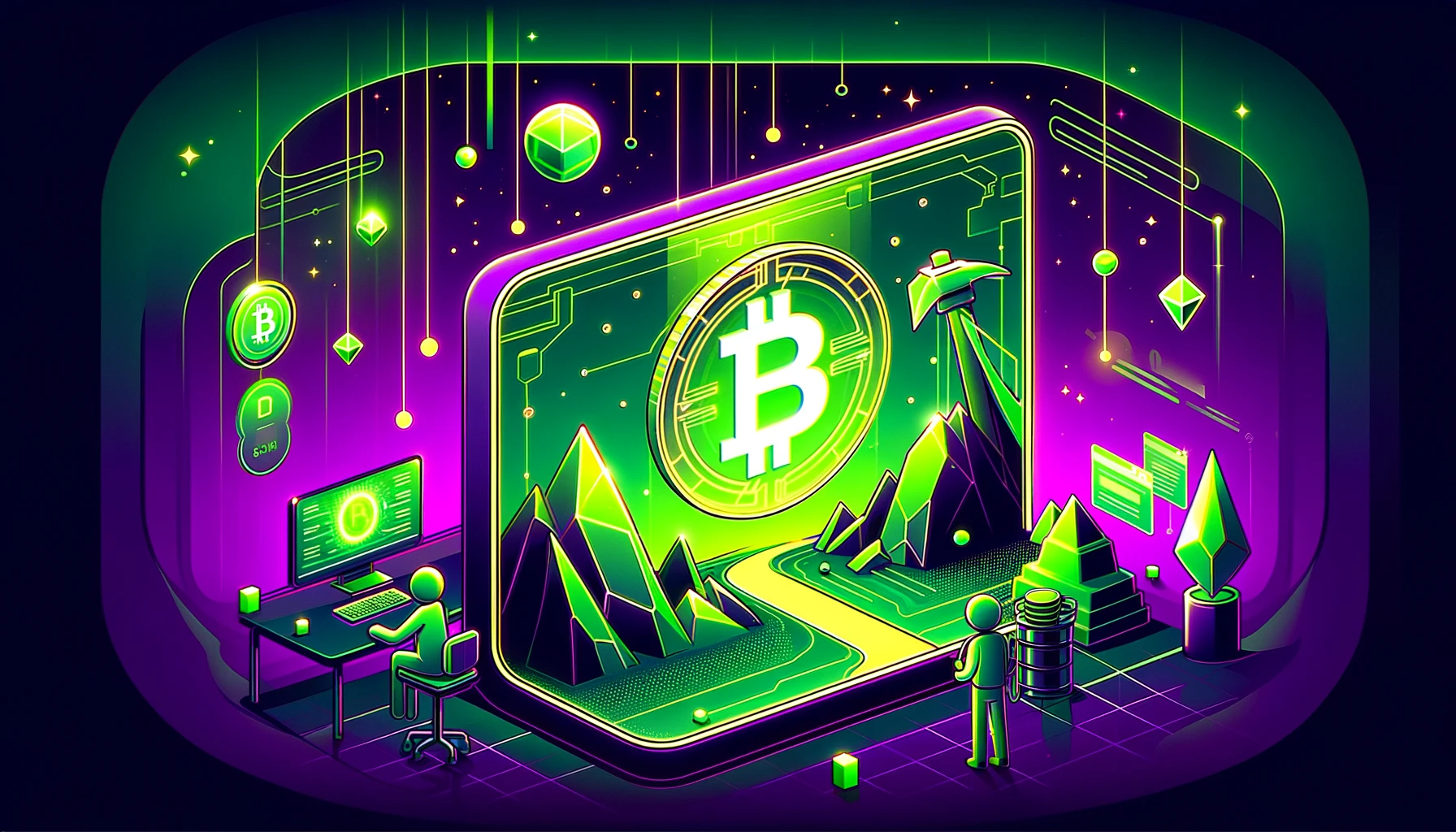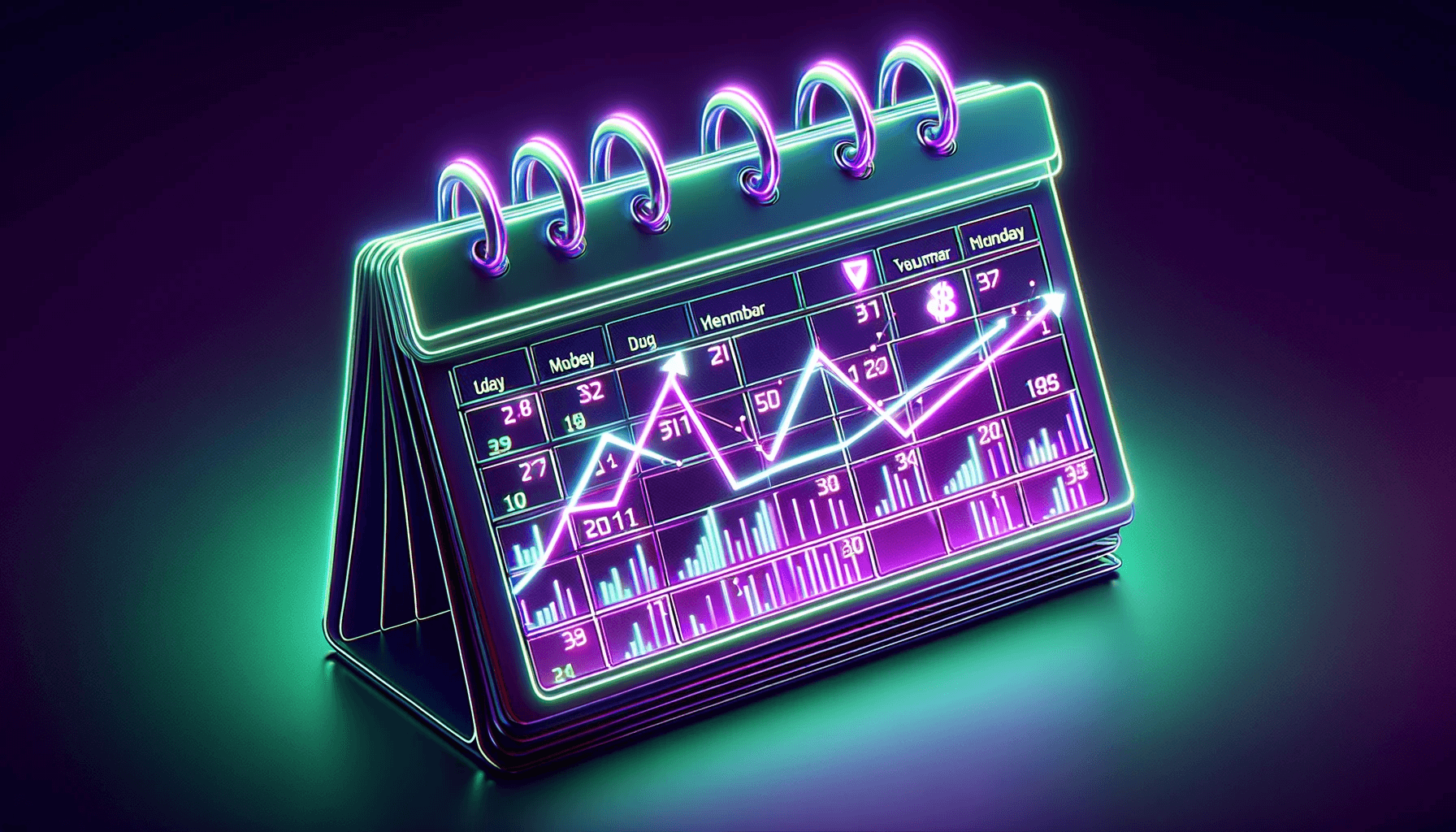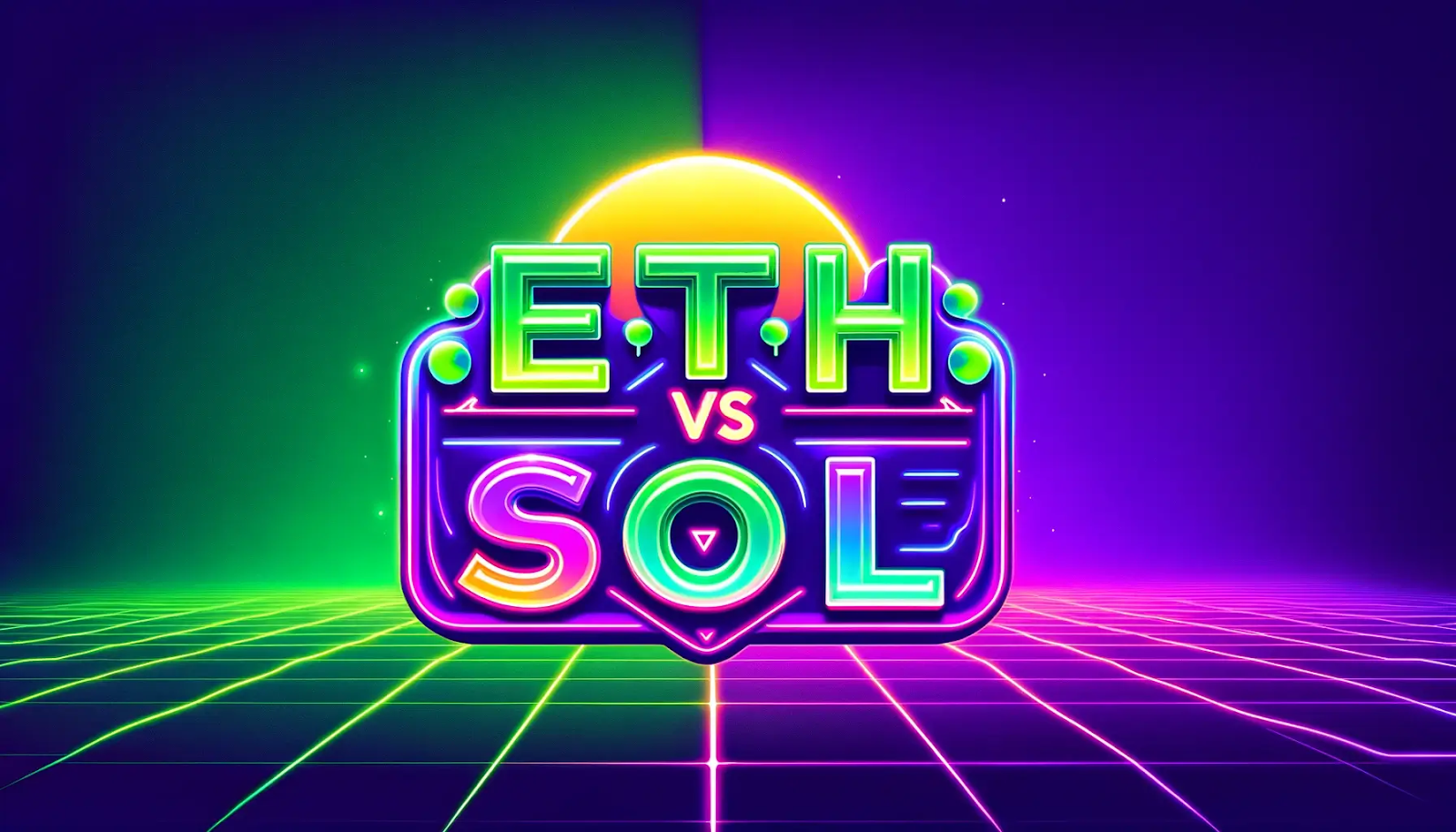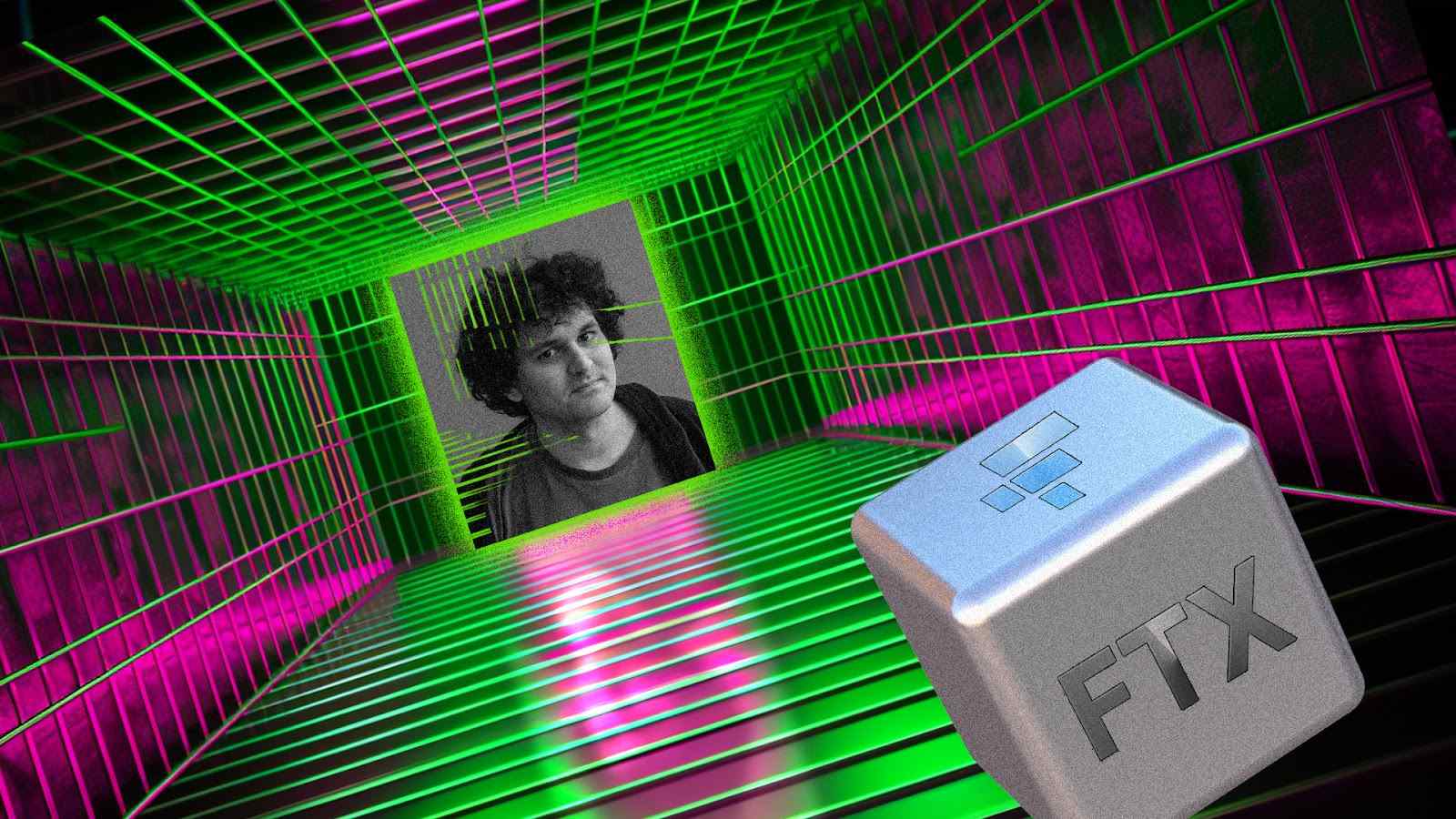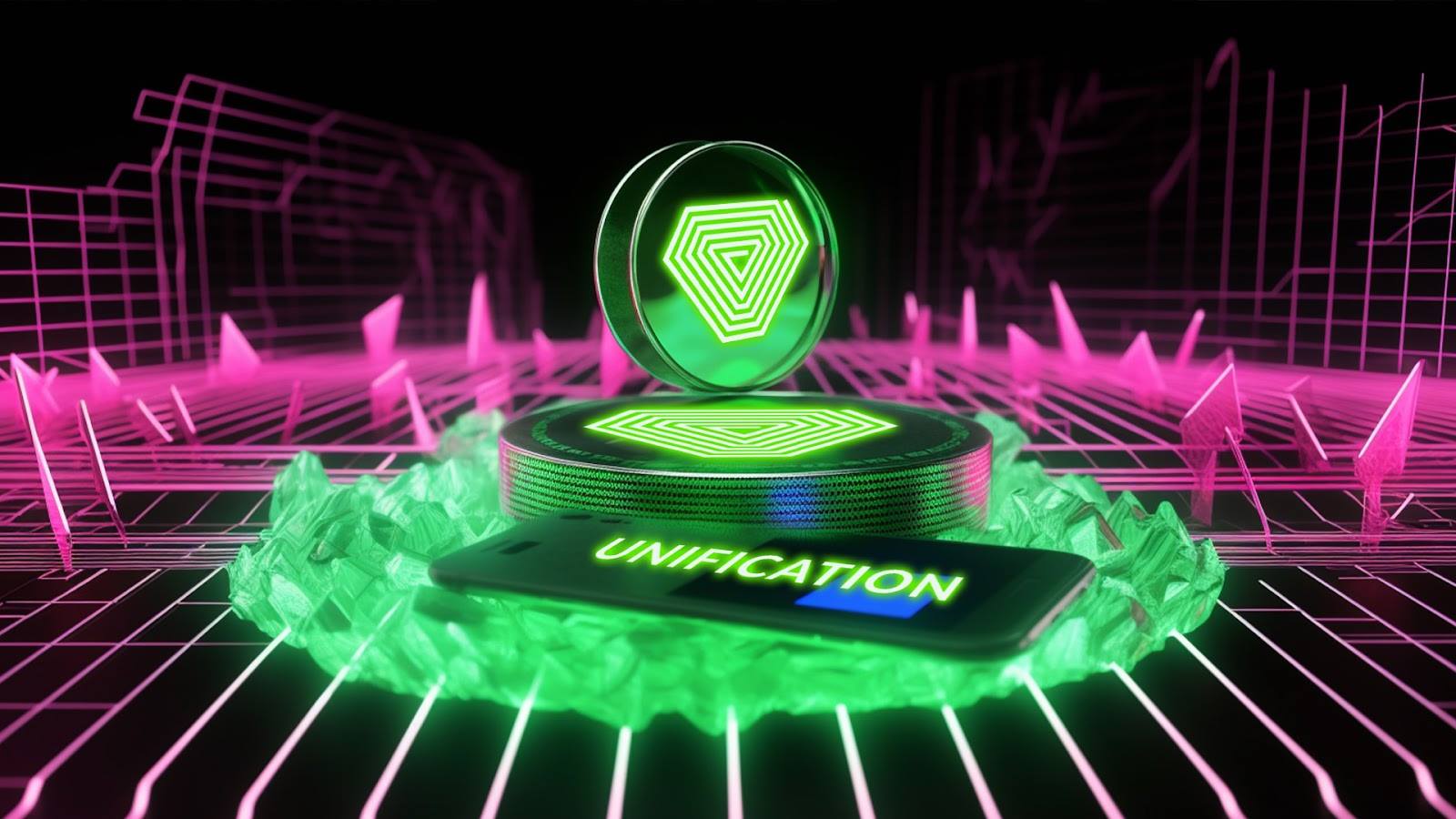
As blockchain technology continues its inevitable journey into mainstream living, it’s become apparent that one of its most fitting adopters thus far has been the global business sector.
With all types of businesses searching for new ways to enhance their day-to-day methods, the unparalleled automotive and verifiable qualities of on-chain operations have understandably garnered a lot of interest in recent years and months (despite the ongoing crypto bear market).
One of the projects pioneering such intersection between business and blockchain technology is Unification, a technology start-up that has developed a toolkit for launching permissionless decentralised business products.
Unification
Creating both ‘permissionless’ and ‘blockchain business products’ is the core message of Unification’s manifesto.
To do so - and with regards to the former - Unification has developed three open-access tools for enabling innovators to launch dApps on Ethereum or Ethereum Virtual Machine (EVM) networks. These are:
UNODE: A tool for democratising, decentralising, and incentivising EVM node operations (to be deployed later this year).
Oracle of Oracles (OoO): A provision of services surrounding on-chain pricing information, wherein metrics such as uniting, weighting, and average price feeds from CEXs and DEXs are monitored in order to render the ‘true, realtime price’ of any asset and remove customizable outliers. Further, OoO comes as a response to the many DeFi attacks and ‘flashloan’ losses we see.
Verified Open Randomness (VOR): A tool for random number requests that can be built into smart contracts.
With regards to the latter - ‘blockchain business products’ that is - Unification has developed WRKChains and Beacons.
Here, WRKChains are semi-private consortium blockchains that serve a group of entities that need to be held accountable to one another. Further, WRKChains’ verification proofs are provided externally through time-stamping blocks to Unification’s Mainnet.
Beacons on the other hand provides immutability and tamper-resistance to existing databases through time-stamping them to the Unification Mainnet for public record. Developers can also leverage Beacons to verify the integrity of a database.
Collectively, these tools offer a succinct package for developers to create a range of Web3 business services and other types of dApps - be it for DeFi, blockchain gaming, or NFTs (and so on). They also come with industry-leading hack resistance and verifiability.
These are all built around the many Web3-centric pillars of Unification… which are decentralisation, rapid-deployability, multi-chain services, permissionless integrations, and pure Web3 payments - where per the company’s own findings, its performance across such metrics puts it above competitors such as Infura/Alchemy, Chainlink, and Oracle/IDM, who fall short on some of these.
FUND: Unification’s Native Token
As does every blockchain mainnet, there must be a native token fuelling it all. In the case of Unification, this is FUND ($FUND), a multi-chain asset that exists on both the Unification Mainet (Cosmos based) and Ether (wFUND) (with the Gravity Bridge facilitating interchanges between the two networks).
Additionally, FUND is also the tax token that is rewarded to Mainet validators by WRKChain and Beacon clients for block validations (basically meaning that it serves as the rails for enterprise blockchain infrastructure provisions).
The Unification ecosystem also comes with a derivative xFUND token, which is distributed as the main utility costs for Unification’s DeFi suite of products including Oracle of Oracles (OoO) & VOR.
Although laden with these utilities (as well as a whole host more), FUND could potentially also serve as a clever investment decision for if/when Unification adoption skyrockets.
Closing Thoughts
We at Crypto Presale are by no means affiliated with Unification in any way, as our coverage simply stems from our research into the project and our subsequent admiration for it.
As a decentralised, immutable, rapidly-deployable, multi-chain, and immune-from-censorship platform designed for ‘serving enterprise demands,’ we see it as something that could really take Web3 adoption to the next level.
In fact, this is a consensus that aligns with that of Shibarium - the newly launched ETH-built Layer 2 protocol for memecoin ecosystem Shiba Inu - which, to date, is perhaps the most notable adopter of Unification thus far.
Want More Cutting-Edge Crypto News?
Follow Us: X TikTok Instagram Telegram LinkedIn
Sign up to our newsletter at the bottom of the page
Check Out Our Top 10 Crypto Currencies of 2023
This article is intended for educational purposes and is not financial advice.



